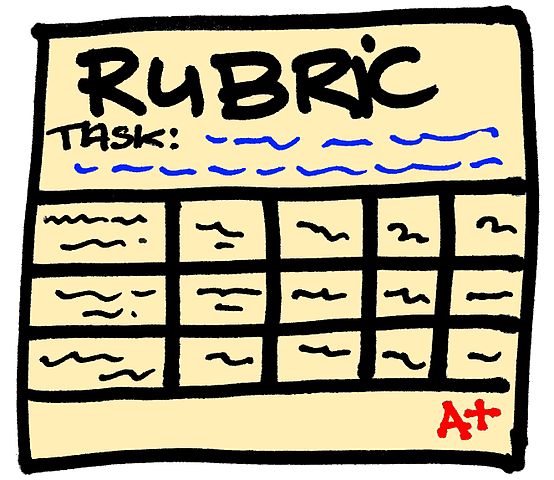This blog post was good for me to read through the journal and familiarize myself with its information. It was interesting to see what genres academic journals for dance to communicate their information with their audience.
 |
| Condesign. “Education.” 12/8/15 via Pixabay. CC0 Public Domain |
1. How many different kinds of genres seem to be published in this particular issue of the journal you selected? (Remember, genres are usually identifiable by their form, content, techniques and/or social function.)
- I found 4 different genres throughout the dance journal, “Legacy in Dance Educations."
2. If you don't know the 'official' names for these different genres, come up with names for the yourself. Identify at least three different genres within the journal issue and describe the significant formal differences between the three genres (that is, what are the key differences or characteristics that seem to be unique and distinguish them from other kinds of texts?). If you made up your own name, explain why you chose the name you invented. If you'd like, provide snapshots of the different genres (clearly labelled) to help your reader see how they look different (or are organized differently, with different conventions) on the page.
- Three different genres in the journal are short essays, numbered lists of information, and interviews. The short essays have a title above them and then a paragraph of information underneath them. The numbered lists of information pretty much explains itself. Rather than formatting the information in a paragraph style, the information is in either a numbered list or a bulleted list which makes it easier for its audience to read. Lastly, the journal includes interviews. There will be an introduction for what the interview is about, abbreviations next to each person’s name, and then the interview which states exactly what each person says next to their name abbreviation.
3. Now come up with your own definition for each genre (using the name you coined, if you weren't sure what the ‘ official' name is for the genre). Be sure to explain what you percieve to be the purpose of each genre and how each genre might meet the needs and expectations of a target audience.
- The short essays are the main genre used throughout the journal. They are a good way to communicate what you are trying to explain to your audience in a paragraph form. The numbered lists include information that is not in complete sentences. They are summaries of information in lists to make it easier for the reader to read and to let the reader know it is important information that they should remember. The interviews are written so the reader can hear first hand from what the educators are trying to get across. They are included in the journal as primary information.
















